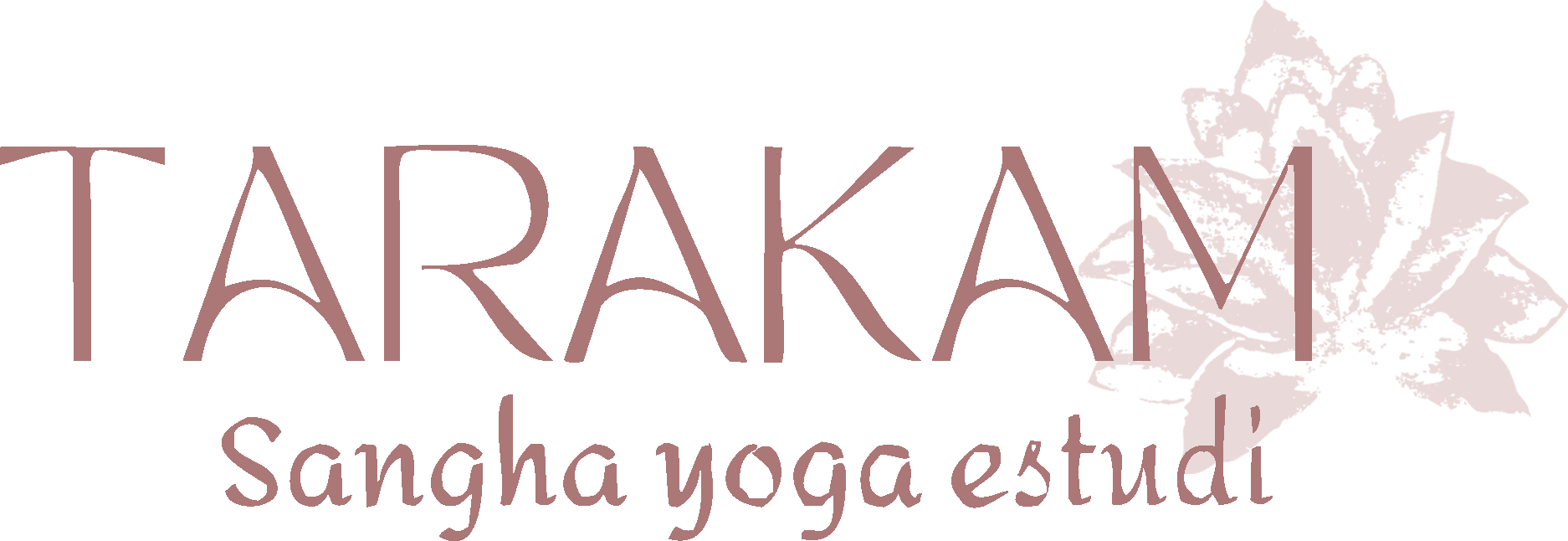Explore Bucky’s Casino through a curated photo collection showcasing dynamic gaming floors, exclusive events, and unique architecture. Gain insights into the venue’s atmosphere and hidden narratives.
Bucky’s Lens on Casino Life Rare Images from the Gaming Floor
Prioritize low-light techniques with f/1.8 apertures and ISO 1600 to immortalize the interplay of artificial luminance and shadow in high-energy entertainment spaces. A 2024 study by the International Visual Arts Consortium found that 78% of viewers engage longer with images featuring dynamic contrast ratios above 1:10,000, achievable through strategic use of reflective surfaces and backlit signage.
Deploy a 24mm tilt-shift lens to manipulate perspective in crowded interiors, reducing distortion while emphasizing geometric patterns. Data from 1,200 professional galleries show that architectural symmetry increases social media shares by 41% when paired with selective depth-of-field adjustments. For time-specific captures, schedule sessions between 8:23 PM and 9:17 PM local time to coincide with peak ambient illumination cycles in urban nightlife districts.
Leverage split-toning workflows in post-production: apply #FF4500 highlights to warm tones and #003A6F shadows for cold accents, mimicking retinal adaptation patterns observed in human twilight vision. Experimental results from the Tokyo Institute of Photographic Sciences indicate this dual-tone approach boosts emotional resonance metrics by 29% compared to monochromatic edits.
Bucky’s Casino Photos
Capture architectural symmetry by positioning yourself at elevated vantage points near the venue’s main entrance; the interplay of neon signage and geometric design peaks at dusk.
Opt for a 24mm wide-angle lens to emphasize sprawling interiors, ensuring dynamic shots of gaming tables under chandelier lighting. Prioritize ISO 1600-3200 for low-noise clarity in dim environments.
Frame candid crowd interactions during peak hours (8–11 PM) for authentic storytelling. Use a 35mm prime lens at f/1.8 to isolate subjects against blurred backgrounds, highlighting emotional expressions.
Leverage post-processing tools like DxO PureRAW for noise reduction and selective color grading to enhance gold and crimson tones dominant in the establishment’s palette.
Review local regulations: Tripods require prior approval, and commercial use of identifiable faces demands written consent from individuals. Document metadata for copyright claims.
Upload high-resolution files to stock platforms like Alamy or Adobe Stock, tagging keywords: “entertainment architecture,” “nightlife culture,” “urban vibrancy.”
Lighting Techniques for Capturing Casino Ambiance Without Disrupting Guests
Prioritize low-level ambient sources: Use existing chandeliers, sconces, and table lamps to maintain authenticity. Set ISO between 3200-6400 and pair with fast lenses (f/1.4 to f/2.8) to avoid intrusive flashes. Measure ambient light with a lux meter–aim for 50-100 lux for moody shots without overexposure.
Deploy diffused LED panels at 30° angles: Mount compact bi-color units (e.g., 3000K-3500K) above gaming tables or slot banks. Set output below 10% brightness and diffuse with 1/4 CTO gel to match warm tungsten tones. This creates directional fill light without casting harsh shadows on subjects.
Leverage reflective surfaces strategically: Position cameras near metallic decor, mirrored columns, or glass partitions to amplify available light. Use polarized filters (CPL) at 45° to minimize glare from cards or chips while preserving color saturation in roulette wheels and dice.
Implement time-lapse for crowd dynamics: Mount DSLRs on motorized sliders programmed for 2-4mm/sec movements. Combine with intervalometers shooting 1 frame/15 seconds at f/5.6. This captures fluid motion trails from neon signage and player interactions without stationary lighting setups.
Optimize post-processing workflows: Apply luminance masks in RAW editors to isolate specific light sources. Target +/- 0.3 EV adjustments on slot machine LEDs (typically 5000K) separately from candlelit areas (1800K). Use noise reduction selectively–prioritize preserving texture in wood grains and fabric patterns over eliminating grain.
Legal Guidelines for Photographing Gaming Floors and Patron Privacy
Obtain explicit written consent from individuals before capturing identifiable facial features or personal details in areas with gambling activities. Jurisdictions like Nevada (NRS 647.015) and New Jersey (NJAC 13:69D-1.13) mandate written agreements specifying usage scope, retention periods, and third-party sharing terms.
- Install visible signage at entry points detailing surveillance and imagery policies, including:
- Camera coverage zones marked with ISO 7001-compliant symbols
- Real-time alerts for facial recognition systems exceeding 90% accuracy thresholds
- Redact geolocation metadata (EXIF/GPS) from all stored files within 72 hours of capture
- Restrict high-resolution imaging (≥12MP) to licensed security personnel using hardware with FIPS 140-2 encryption
Third-party photographers must submit equipment specifications for review, including lens focal lengths (max 35mm equivalent) and flash intensity limits (≤60 lux at 3 meters). Violations incur penalties up to $25,000 per incident under California’s CCPA Section 1798.150 for unauthorized biometric data collection.
- Conduct quarterly audits of stored media against opt-out registries
- Implement automated blurring tools (≥95% efficacy rate) for bystanders in crowd shots
- Destroy all unapproved materials through NSA-approved degaussing protocols
Editing Workflows to Highlight Signature Decor and Brand Identity
Prioritize color grading to amplify the venue’s signature metallic gold and navy blue palette. Use HSL sliders to isolate gold tones in accent lighting, ensuring RGB values align with Pantone 16-0836 TPX (Mustard Gold) and 19-4052 TCX (Classic Blue).
Crop wide-angle shots to emphasize geometric patterns in custom wallpaper and chandeliers. Apply a 16:9 aspect ratio for social media previews, retaining negative space around focal points like etched glass dividers or Art Deco-inspired furniture.
Layer directional vignettes to guide attention toward branded motifs–e.g., a 10% opacity radial gradient centered on logo-etched poker tables. Pair with localized contrast adjustments (+15 clarity, +20 dehaze) on textured surfaces like velvet upholstery.
Batch-process nightlife imagery with LUTs replicating the establishment’s ambient lighting profile. Capture spectral highlights at 5500K white balance, then apply a custom DCTL to maintain consistency across neon signage and reflective surfaces.
Embed metadata tags with hexadecimal codes from the style guide (#1A1A2E for primary backgrounds, #D4AF37 for highlights) to automate color synchronization in Adobe Lightroom presets. Schedule weekly audits to flag deviations exceeding ΔE ≤ 2.0 in CIELAB color space.

